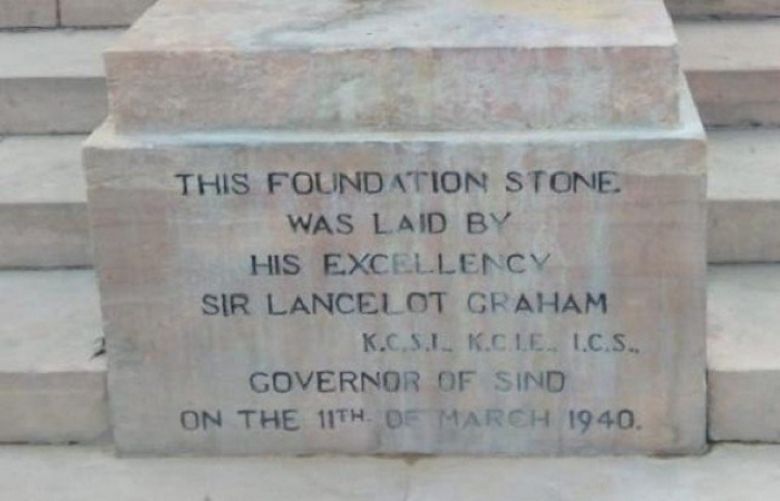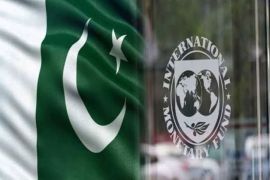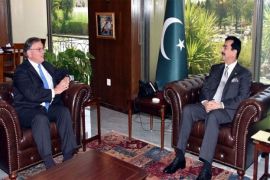The Sindh Assembly building enters its 80th year of existence today. On March 11, 1940, Sir Lancelot Graham, the Governor of Sindh at the time, laid the foundation stone of this momentous institution which was constructed over the course of two years and inaugurated on March 4, 1943, by former governor Sir Hugh Dow.
Since then this historic structure has witnessed several key moments in Pakistan’s history.
It was in this building that the Pakistan Resolution was passed for the first time on March 3, 1943. Back then, it was known as the ‘Sindh Legislative Assembly’. After independence, the building housed the Constituent Assembly of Pakistan, before the capital was shifted from Karachi to Islamabad.
It was here that the Quaid-e-Azam Muhammad Ali Jinnah, was sworn in as the first Governor-General of Pakistan in 1947, and in the same that the prime minister of the nation, Liaquat Ali Khan, waved the national flag for the first time after getting it approved by the assembly. The sessions of the Constituent Assembly continued to be held at the Sindh Assembly Building till former prime minister Feroz Khan’s tenure.
Today the two-story building of Sindh Assembly, which has been marked as a heritage site, houses the camp office of Sindh chief minister, offices of the secretariat speaker, deputy speaker, opposition leader, members of the secretariat, and officers of the law department. It also has a library, the speaker’s chamber, legislation and proceedings section, committee room and a cafeteria.
The interior of the old Sindh Assembly building commemorates to this day the historic merit of this structure. As you climb up the first flight of stairs, you will be greeted by a giant picture of Liaquat Ali Khan presenting the national flag before the Constituent Assembly of Pakistan on August 11, 1947. Among the pictures on the first floor, which include portraits of all the deputy speakers of the assembly so far, is a picture of Jehthi Sipahimalani, a deputy speaker prior to partition who championed the rights of Sindhis in undivided India.
This brings us to the contributions of other Sindhi leaders who actively pushed for the creation of an independent nation. Among them was GM Syed who presented the Pakistan Resolution along with the founding father, Jinnah.
Prior to that, it was influential Sindhi leaders who managed to secure a legislative assembly for their province, ensuring the separation of Sindh from the Bombay Presidency so that it could function as an autonomous province. This was a significant step in the struggle for more Muslim autonomy.
The historic building has been witness to not only significant events which contributed to the formation of Pakistan but also key events within the country’s history post-partition, and has housed several prominent leaders.
Renowned politician Mumtaz Ali Bhutto, Jam Sadiq Ali and former prime minister Ghulam Mustafa Jatoi served as leader of house at the Sindh Assembly building while Agha Sadaruddin Durrani, Abdullah Hussain Haroon and Nisar Khoro have served as speakers at Sindh Assembly.







